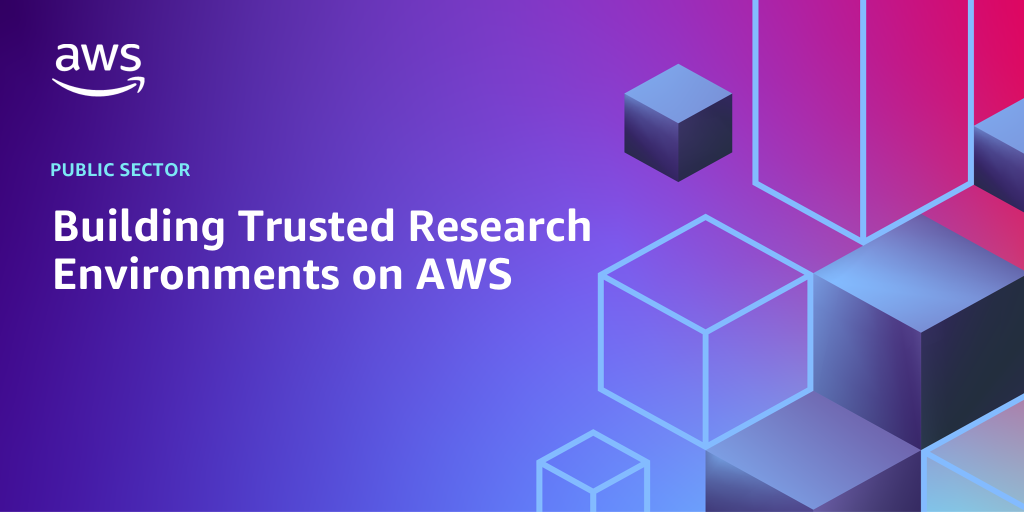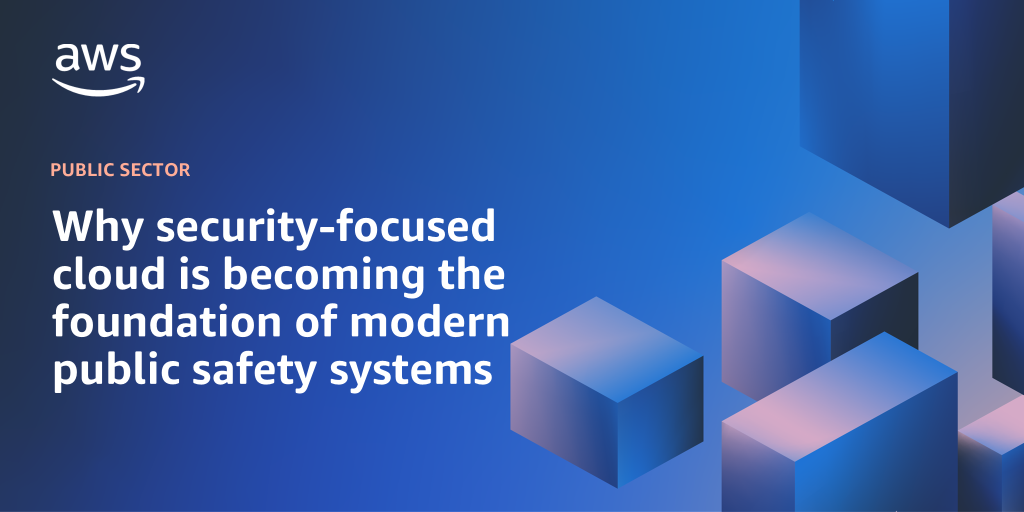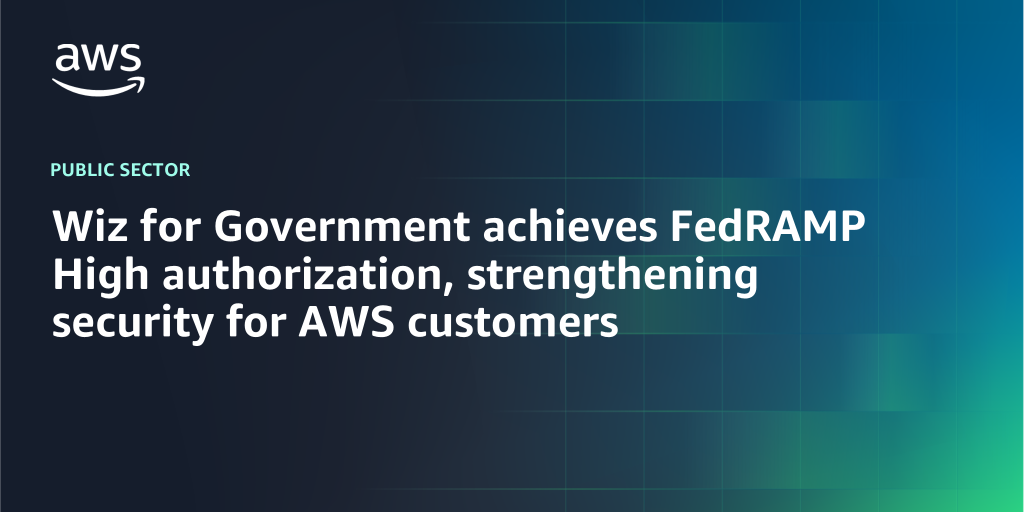AWS Public Sector Blog
Category: Business Intelligence
Building Trusted Research Environments on AWS
Trusted Research Environments (TREs) provide secure access to sensitive data, enabling research while controlling data movement to meet governance requirements. In this post, we review core TRE concepts, examine TRE history and related initiatives, and explore key considerations for successfully deploying a TRE on AWS.
Cyber Fortress 2025: AWS cloud-based cyber range powers electric grid defense
AWS collaborated with the Virginia Army National Guard (VA ARNG) for Cyber Fortress 2025, an exercise that brought together government agencies, public utilities, and academia to strengthen critical infrastructure defense through collaborative training. Read this post to learn more.
Why security-focused cloud is becoming the foundation of modern public safety systems
Public safety is at a crossroads. A rising wave of cyber attacks on mission-critical public safety systems has spurred agencies across the country to modernize their infrastructure. This journey involves adopting new technology, but it’s also about building trust, resilience, and agility into the heart of 911 operations. Recent milestones by Carbyne—culminating in renewed AWS Government Competency status—showcase how a next-generation approach can help agencies stay ahead.
Wiz for Government achieves FedRAMP High authorization, strengthening security for AWS customers
Amazon Web Services (AWS) and Wiz are excited to share that Wiz for Government has achieved a FedRAMP High authorization. This milestone reinforces Wiz’s commitment to working with AWS and helping U.S. public sector organizations and partners securely manage their environments from code to cloud to runtime. Read this post to learn more.
ZTAG-I, a reference zero trust architecture for the US federal government
In this blog, we introduce AWS Zero Trust Accelerator for Government – Integrated (ZTAG-I), a reference architecture that aligns with federal zero trust guidance. ZTAG-I accelerates adoption of zero trust architecture by providing a tested example of a fully integrated technology stack that solves key challenges that arise when adopting zero trust.
AWS recognized by GovRAMP
We are pleased to announce that AWS is now listed on the GovRAMP webpage under the Federal JAB Attestation category for both AWS GovCloud (US) (High) and AWS US East/West (Moderate) regions. Read this post to learn more.
How AWS IoT services address NIST 800-183: Networks of ‘Things’
In this post, we will explore AWS IoT services in the context of NIST Special Publication 800-183: Networks of ‘Things’. NIST 800-183 presents a model for expressing IoT deployments and establishes concerns about the trustworthiness of the Internet of Things, which AWS IoT services can help public sector organizations address. We will delve into key areas such as authentication, monitoring, and secure communication.
AWS supports Connecting for Better Health with the 2025 IMAGINE Grant to advance data exchange in health and social care
Connecting for Better Health (C4BH) is a nonprofit coalition focused on advancing health and social services data sharing to improve the overall health of Californians. To support this mission, AWS has awarded the 2024-2025 AWS IMAGINE Grant: Go Further, Go Faster to C4BH for their Data Exchange Framework (DxF) Community Sandbox. This grant is part of an AWS initiative to empower nonprofit organizations using technology to address global challenges and will provide vital support to enhance health and social services data sharing efforts across healthcare and social service partners.
Bahrain’s cloud-first success story
Cloud computing, automation, and AI are driving a new wave of modernization in public services. They’re helping to make them more accessible, responsive, and cost-effective. The Kingdom of Bahrain shows how this can be done. In this blog, we explore how, through a cloud-first strategy, the country has modernized its public services, boosted economic growth, and developed a culture of innovation.
Cloud cost savings: 10 tips for academic institutions
For academic institutions leveraging cloud services, it is important to proactively manage and optimize cloud costs. In this post, we explore 10 tips to help control cloud costs using Amazon Web Services (AWS).









